China: Our Hypersonic Missiles Can Sink U.S. Aircraft Carriers
Thu 24 Jan 2019, 14:04:41
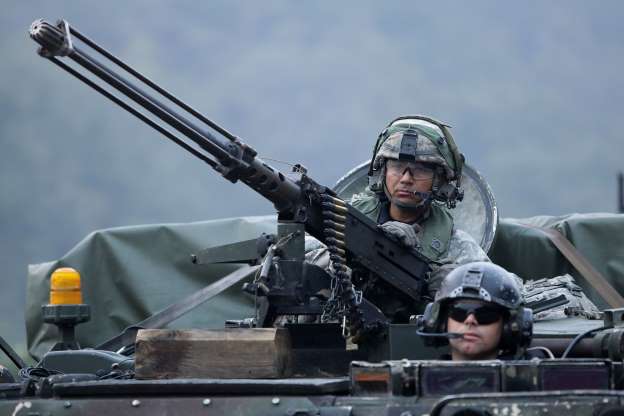
China says its new hypersonic missile, the DF-17, can sink U.S. Navy aircraft carriers. The claim, which ran in several media outlets controlled by the Chinese Communist Party, came just hours after U.S. and British Royal Navy warships sailed through the South China Sea together.
Yes, China almost certainly has such missiles. Whether the country could marshal the resources to locate a carrier at sea and then sink it is a much more open question .
According to United Press International, China Times and other state-run news outlets across China reported that the DF-17 missile could sink an American aircraft carrier “if fired eight times.”
A Chinese military commentator quoted by one of the articles further stated that it would be ‘"impossible" for "Western missile defense" to track or intercept the DF-17. The articles made further claims that the DF-17 was capable of carrying a nuclear warhead and could hit “any target in the world within an hour”-with the exception of the United States.
The DF-17 is a hypersonic boost glide weapon system. The main weapon is boosted aloft atop a ballistic missile to high altitudes. Traditional ballistic missiles boost their warheads into space, where they are carried on ballistic trajectories calculated to end at their targets. Hypersonic weapons, however, stop short of entering space.
At very high altitudes still within Earth’s
atmosphere, the weapons angle downward, gliding at speeds in excess of Mach 5 towards their targets. This method complicates things for anyone trying to intercept the object.
atmosphere, the weapons angle downward, gliding at speeds in excess of Mach 5 towards their targets. This method complicates things for anyone trying to intercept the object.
Some of China Times’ reported claims are flatly untrue. DF-17 has an estimated range of 1,100 to 1,500 miles, meaning it is more of a regional weapon and is unable to hit targets globally. At the same time, a hypersonic weapon with a "global reach" would naturally have the ability to strike the continental United States.
As for the DF-17’s ability to sink an American carrier-well, it depends. China would have to find and then track an aircraft carrier through the vastness of the Pacific Ocean. A network of Chinese military ships, satellites, and aircraft, supported by secure communications, would then feed the carrier's location and heading to hypersonic missile launch units on land. At the same time, U.S. military would seek to establish a protective bubble around the carrier, jamming enemy communications and shooting down or sinking any enemy unit that came close to the giant ship.
While it’s conceivable a hypersonic weapon could damage a carrier-and eight such missiles could sink one-we won’t really know unless China tries. Hypersonic weapons pack enormous amounts of kinetic energy that is released to the target on impact, but exactly how fast a DF-17 travels and how much kinetic energy would be imparted is unknown.
To approve a single suggestion, mouse over it and click "✔"
Click the bubble to approve all of its suggestions.
No Comments For This Post, Be first to write a Comment.
Most viewed from International
Most viewed from World
AIMIM News
Latest Urdu News
Most Viewed
May 26, 2020
Can Lionel Messi's visit boost Indian football?
Latest Videos View All
Like Us
Home
About Us
Advertise With Us
All Polls
Epaper Archives
Privacy Policy
Contact Us
Download Etemaad App
© 2026 Etemaad Daily News, All Rights Reserved.

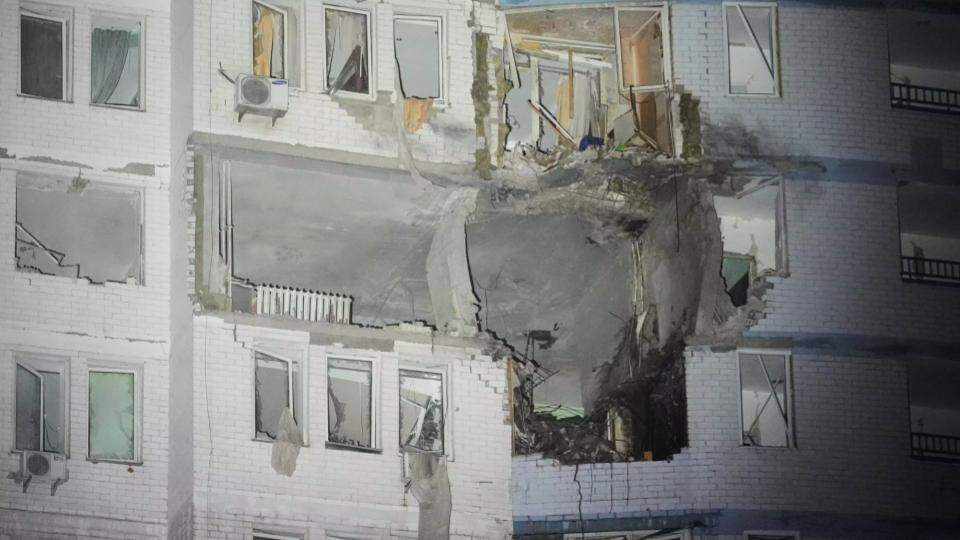
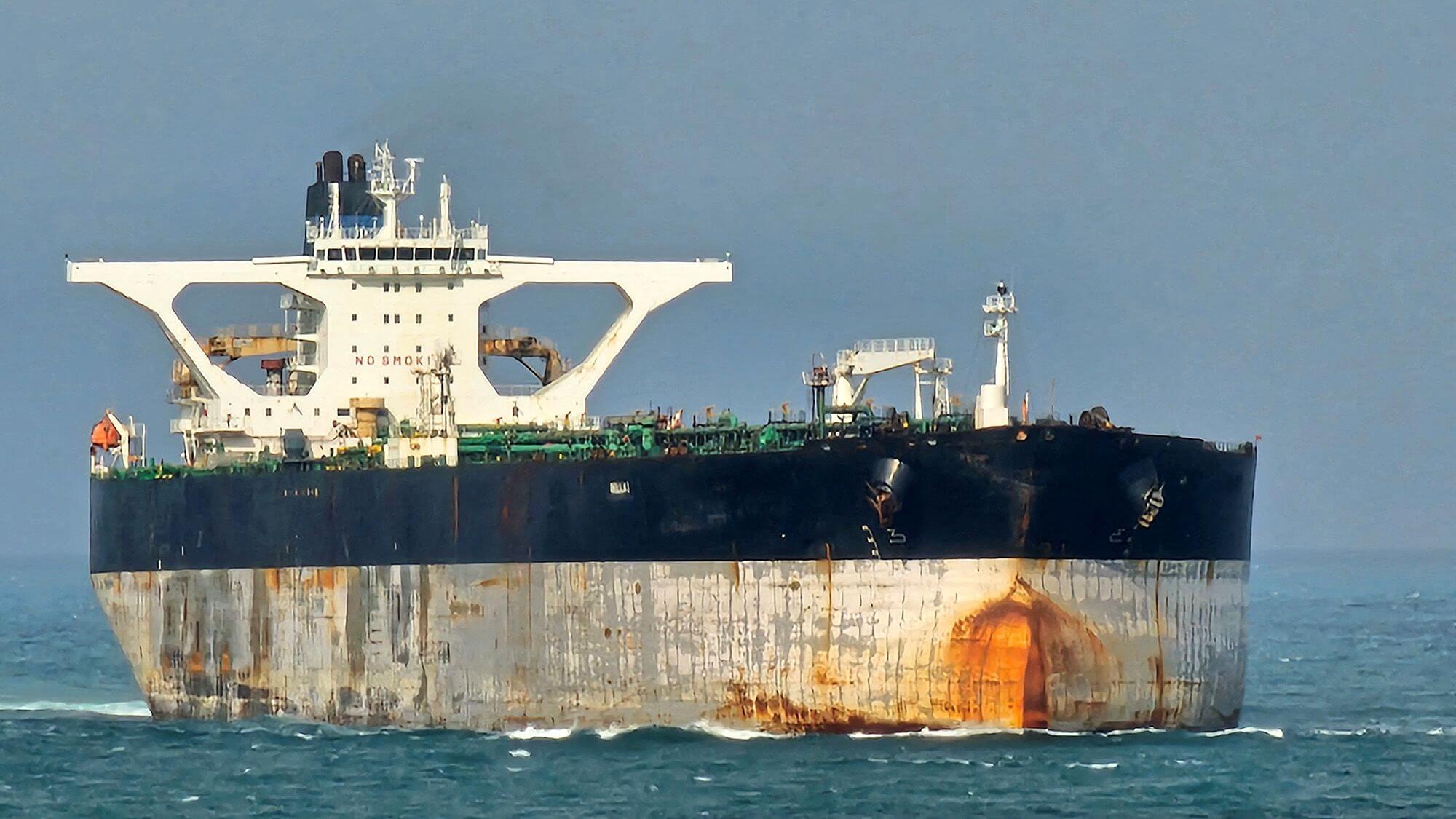


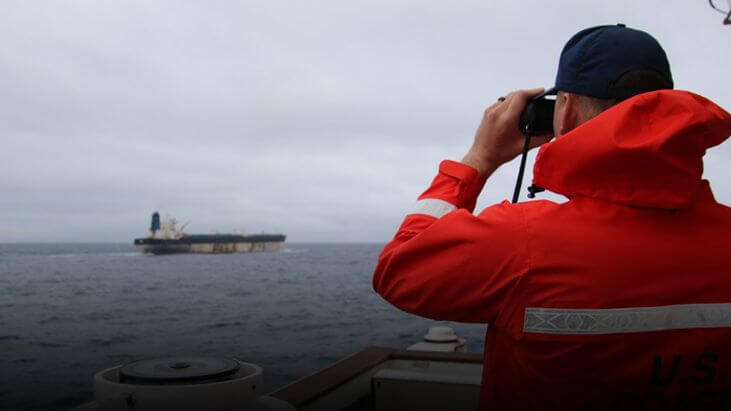


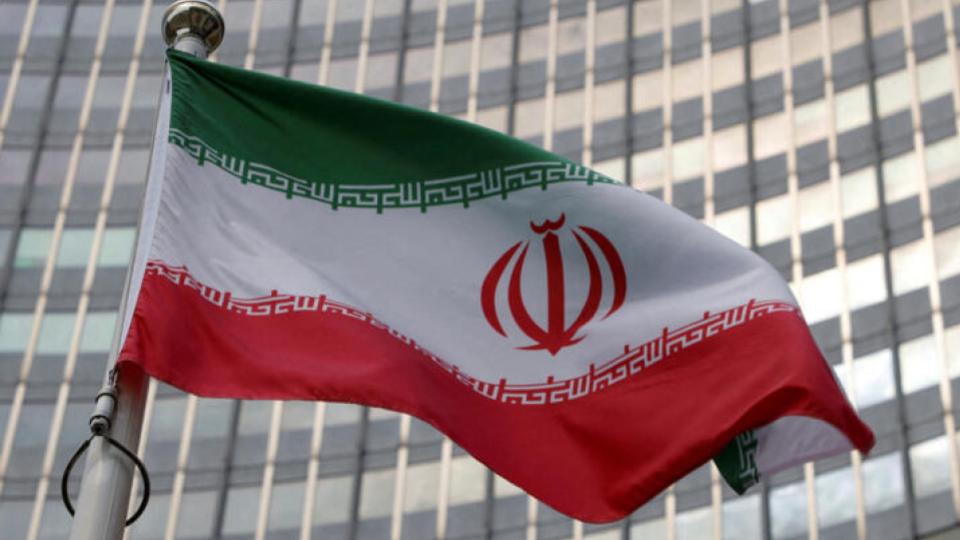




























.jpg)
.jpg)
.jpg)


